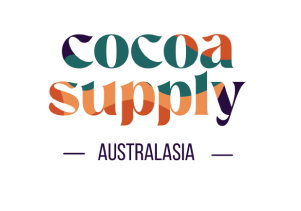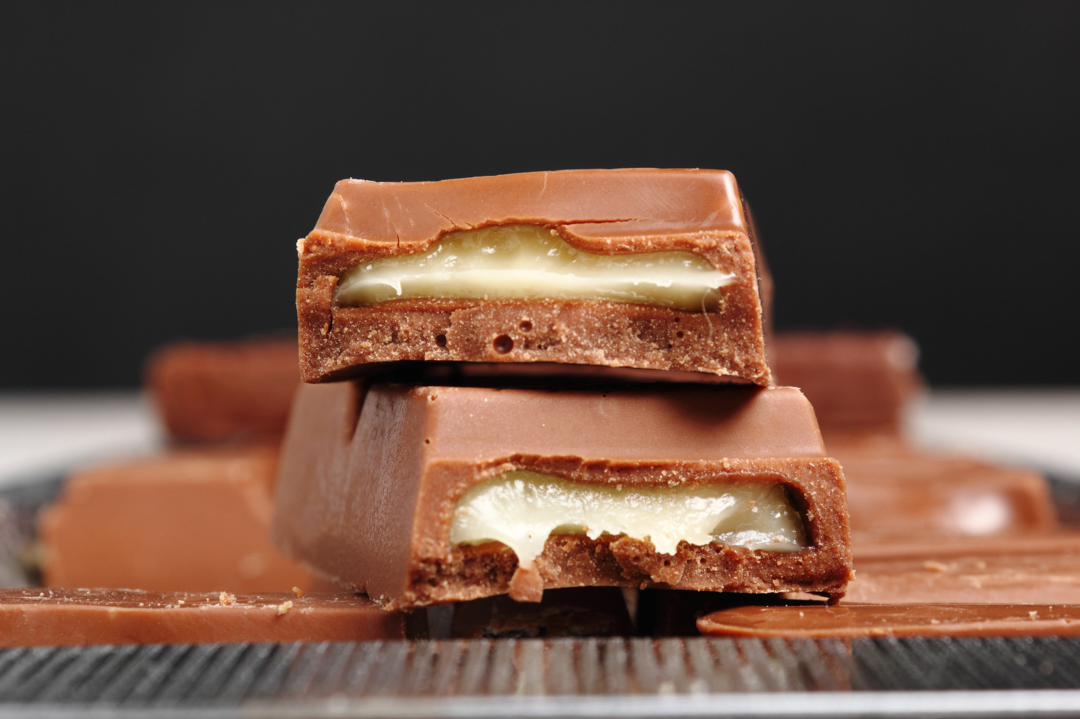Handling chocolate, the discussion usually emphasizes the birthplace, eco-friendliness, taste, the feel, using bags and containers, and last but not least, the very important issue of flavor. However, one of the main factors that can drive your chocolate bar either to success or failure, namely shelf life, is often overlooked.
Generally, when we refer to shelf life, we imply water activity. Grasping the concept of how water behaves with chocolate is essential in safeguarding your product.
What Is Water Activity?
To a great extent, water activity (aw) is misinterpreted as being the same as moisture content, but that’s not a case. When it mentions moisture, it just denominates the amount of water that is contained in the food, whereas the water activity indicates how much of that water is open for the growth of microbes or the carrying out of chemical reactions.
The range of the measurement is from 0.0 (totally dry) to 1.0 (pure water). Most bacteria, molds, and yeasts require a minimum water activity of 0.8 for thriving. Generally, chocolate is somewhere between 0.30–0.50 aw, and that is the reason it has an astonishingly long shelf life. However, the term chocolate does not necessarily refer to plain chocolate only. Artisan chocolatiers enrich their products with fruits, fillings, powders, nut butters, dairy, etc., which could influence the overall factor in varying degrees.
Cacao Ingredients and Their Stability
Cacao Nibs: After the cracking process, cacao beans have low water activity and can last for many years if kept in cool and dry environments. Their snap and taste are preserved if packaging prevents any moisture movement.
Cacao Liquor (Mass / Paste): Cacao liquor is nothing but finely ground cacao nibs. Hence, it is as stable as it is. But because it is a uniform paste, it is more vulnerable to heat. If kept in an airtight container and away from strong smells, it will last for a long time even if not used.
Cacao Butter: Non-water fat and naturally stable. This is a great fat to work with even outside the scope of chocolate for this reason. When stored in a cool and dark place, cacao butter can last for a very long time.
Cacao Powder: Even though cacao powder has a lower fat content, it is still somewhat more prone to caking or absorbing moisture from the air. It is crucial to keep it in sealed packaging to ensure that its flowability, taste, and fragrance are preserved.
Whole Cacao Beans: If they are adequately fermented and dried (as CocoaSupply guarantees with our partner farms), then they are very stable. Badly dried beans might turn musty or produce mold, which is a reminder of the importance of sourcing.
The low water activity is the denominator common to all these ingredients. One of the reasons why cacao is such a dream ingredient, particularly for long-distance shipping and long-term storage, is this low water activity.
What Shortens Shelf Life?
Despite that cacao ingredients have the upper hand, makers are able to introduce risks easily. The main reasons are:
Humidity: The entry of moisture into chocolate increases its water activity making it less stable.
Inclusions: Mixing dried fruit, nut pastes, or dairy-based fillings can increase water activity to the danger zone if not handled properly.
Packaging: The moisture-resistant material should be used for the packaging, which should be properly sealed.
Storage: There should be no changes in temperature, moisture, or exposure to light. You should also avoid storage near strong odors, which can alter the flavor and stability of your products.
Simple Steps to Optimize your Shelf Life
1. Keep finished products below ~0.60 aw. For large-scale chocolate manufacturers, water activity is measured with specialized lab equipment. However, small and medium-sized makers are not required to stress out over purchasing expensive machines. Instead, here are some alternatives:
- Depend on your suppliers: suppliers like CocoaSupply always disclose moisture content and shelf-life through their analysis certificates. That is the first line of protection.
- Watch out for inclusions: Cacao has high water content and hence carries higher water activity, so make sure it is treated well i.e., dried or coated if added directly into the chocolate.
- Temper Properly: The presence of cocoa butter crystals not only gives the chocolate a lofty snap and gloss but the preventing of fat bloom as well. While blooming does not make chocolate unsafe to consume, it can lengthen its "marketable" shelf life.
- Seal It Right: Choose packaging that will keep your product safe from light and moisture.
Beyond Food Safety
Shelf life is more than just a matter of food safety and sales margins; it is about respecting the complete journey of cacao. Every single step matters, starting from the farmer's hand in Ecuador, who manually opens a pod, to the craft maker's workshop in Australia or New Zealand. By controlling water activity and using the right storage techniques, producers can create products that are true to the story they are telling.
That’s where CocoaSupply is delighted to be your partner: not just as a supplier of ingredients, but as a partner who cherishes longevity, quality, and transparency.
Whatever the process you are using for your chocolate production, whether it is bean-to-bar, using cacao nibs for brewing, or mixing the cacao powder into baked items, the shelf life of your product is one factor that you can control and it all begins with selecting the best ingredients. CocoaSupply’s cacao products will give you the stability that you need thus, allowing your art to be enjoyed by more people, to last longer, and to have the same flavor as you intended.

